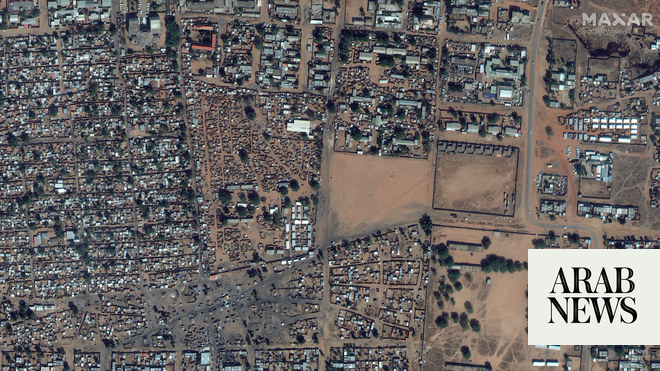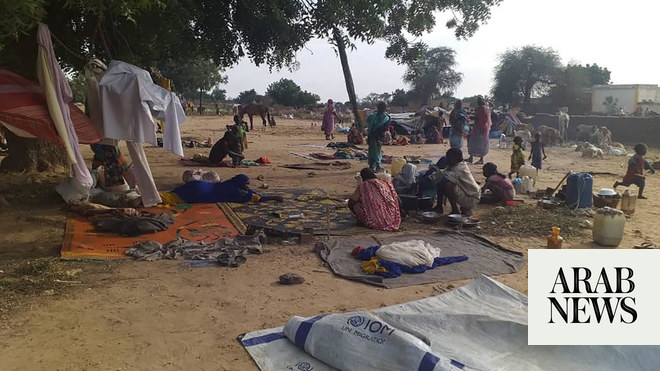
A series of X-rays showing a piece of shrapnel buried deep inside a 20-month-old girl’s head and a bullet embedded in an 18-month-old boy’s chest are among images released by medical charity Médecins Sans Frontières (MSF) revealing the impact of the war in Sudan on children.
The two babies were treated at Khartoum’s Bashair teaching hospital.
“Cases like this are common,” said Dr Moeen*, who works with MSF at the hospital. “Thankfully, that little girl survived. Others are not so lucky.”
Bashair teaching hospital treated 314 children under the age of 15 for wounds from gunshots or blasts this year – about one in six of all war-wounded patients received at the hospital.
The baby girl was one of 12 children rushed to the hospital after an explosion at a nearby market. But the hospital’s capacity is limited – severe burns cannot be treated, and surgeries are stalled because the lack of access provided by the warring sides means supplies have not been received for more than a year.
The city has been carved up by the Sudanese Armed Forces and the rival Rapid Support Forces paramilitary since April 2023, with civilians unable to cross frontlines to seek out food, medicine or healthcare – or simply escape the gunfire and explosions.
This meant that when an 18-month-old boy named Riyad arrived with a 50% chance of survival after being hit by a bullet while sleeping, the medical team had to fight for hours to stabilise him but could not remove the bullet from his chest.
Mohammed al-Hammadi, MSF’s field coordinator at the hospital, said that in most cases, patients like Riyad cannot be evacuated because of the divisions in the city.
“The fighting has disrupted daily life, making movement between states, crossing frontline areas, extremely dangerous. There is a constant threat of violence, and continuous airstrikes in the city,” said Hammadi. “Movement within the city and across conflict lines is often hindered by the lack of permits, and many patients face significant delays or are unable to be evacuated to other facilities.”
These barriers have resulted in “invisible” deaths, caused by preventable disease and starvation, according to Dr Maysoon Dahab, co-director of the Sudan Research Group at the London School of Hygiene & Tropical Medicine (LSHTM).
A study led by Dahab estimated there were more than 61,000 deaths in Khartoum State in the first 14 months of the conflict – a 50% rise compared with before the war. It also put the number of violent deaths in the capital at 26,000, which is higher than the 20,000 recorded by civilian casualty monitor ACLED for the entire country.
Dahab said that alongside the direct violence wrought by the war, people were prevented from finding food and accessing medicine, while the primary healthcare system needed to detect, diagnose and treat disease had been shut down. The halting of vaccination programmes also posed a long-term threat.
She said the impact of disease and starvation has become larger as the war has dragged on.
“You can be hungry for one day, but hungry for three or four days, what does that do? You are hungry, you get sick, [when] you’re sick, you can’t seek food. It’s a vicious cycle,” said Dahab. “There is, in all wars, an accumulation of vulnerability that happens over time that touches upon the lives not only of those people who are facing the guns but even facing people who are well, far away and in relative safety, because they can’t get food, because they can’t get water, because the banking system has collapsed.”
MSF said it found 1,500 women and children who were severely malnourished from the 4,186 it screened between 19 October and 8 November 2024.
Dahab said the LSHTM report shows how the war is causing deaths that could be prevented, but the lack of aid and intervention meant Sudanese civilians were suffering.
“People are dying from preventable causes because there is a war, and wars will do that,” she said. “To continue to justify a war and not to stand and say ‘it has to stop’ – then you advocate for all of that happening.”












